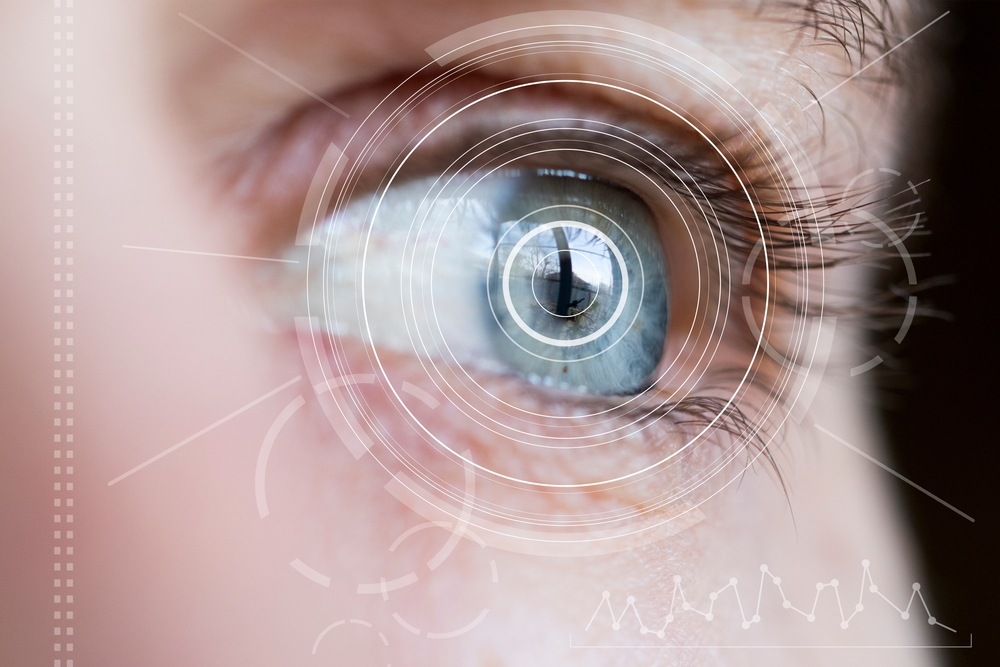
We live in an era where technology touches virtually every aspect of our lives. From the way we communicate, navigate, and work to how we take care of our health, technology has made a significant impact. One area of health care where technology has made leaps and bounds is eye care. Technology has transformed the way eye exams are conducted, making them more accurate, efficient, and comfortable for patients.
The Role of Advanced Equipment in Eye Exams
Advanced equipment plays a pivotal role in enhancing the effectiveness of eye exams. The use of technology in eye exams has not only made the process more comfortable for patients, but it has also improved the precision of diagnosis, enabling eye care professionals to detect even the slightest abnormalities that could potentially lead to serious eye conditions.
For instance, digital retinal imaging allows optometrists to capture detailed images of the retina, providing a clearer picture of the health of the eye. This technology can help detect early signs of conditions such as diabetic retinopathy, macular degeneration, and glaucoma, which can lead to blindness if not treated promptly.
Additionally, the introduction of optical coherence tomography (OCT) has revolutionized the field of ophthalmology. This non-invasive imaging test uses light waves to take cross-section pictures of your retina, allowing doctors to see each of the retina's distinctive layers. This can help them diagnose eye conditions earlier and provide treatment more efficiently.
Examples of Advanced Equipment in Eye Care
Several pieces of advanced equipment are now commonly used in eye care. One such device is the autorefractor, a computer-controlled machine used to provide an objective measurement of a person's refractive error and prescription for glasses or contact lenses.
Another innovative piece of equipment is the corneal topographer, which is used to map the surface curvature of the cornea. This can be particularly useful in diagnosing conditions such as astigmatism and guiding LASIK surgery.
The Benefits of Early Diagnosis Through Technology
One of the biggest benefits of integrating technology into eye exams is the potential for early diagnosis. Early detection of eye conditions can significantly improve the chances of successful treatment and can prevent further vision loss.
High-definition imaging technologies can capture a detailed view of the eye, making it possible to identify early signs of eye diseases that might not be detectable with traditional examination methods. By catching these signs early, treatment can be initiated sooner, possibly before any vision loss occurs.
Additionally, the ability to digitally store and compare images over time allows doctors to track the progression of eye conditions. This can help them assess the effectiveness of treatment and make necessary adjustments.
Revolutionizing Eye Care
Advanced equipment is at the forefront of this evolution, transforming eye care and making it more efficient, accurate, and convenient. As technology continues to advance, we can expect even more innovation in the field of eye care, further enhancing our ability to protect and preserve vision.
To learn more about how advanced equipment is transforming eye exams and eye care, visit Erin Mills Eye Clinic at our office in Mississauga, Ontario. Please call (647) 496-9500 to schedule an appointment today.







